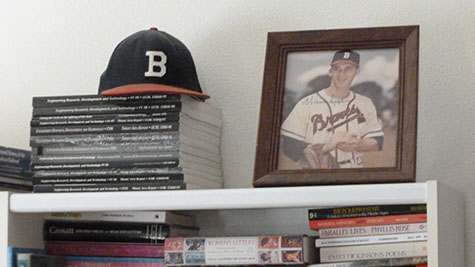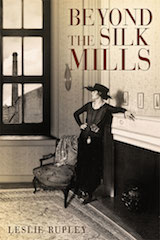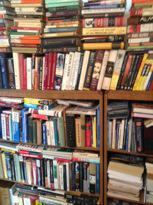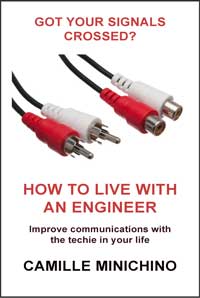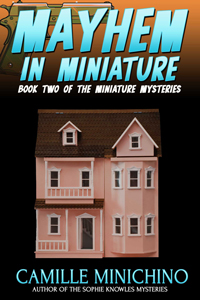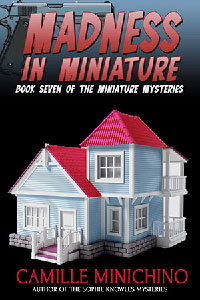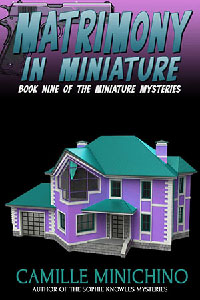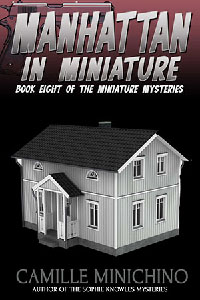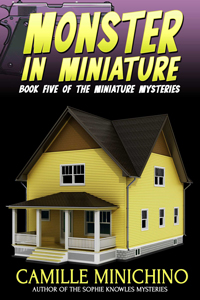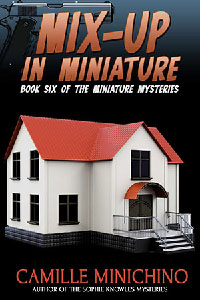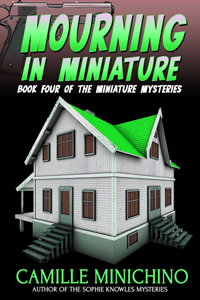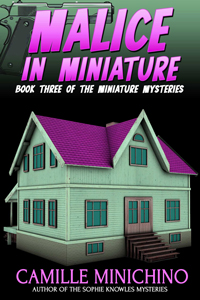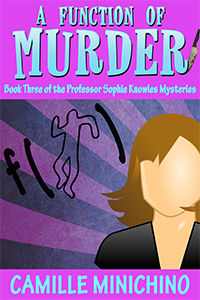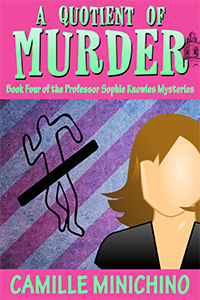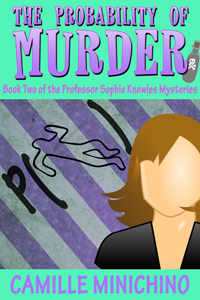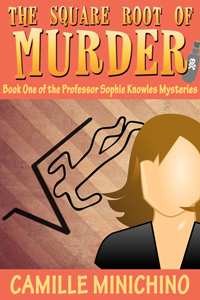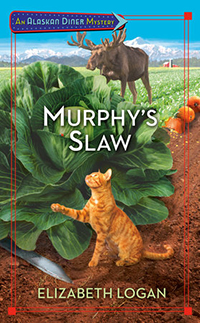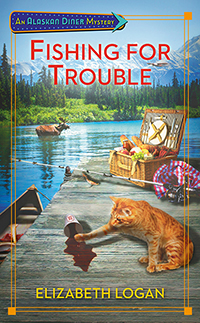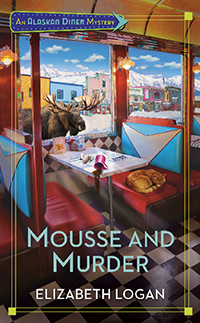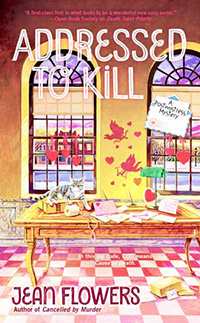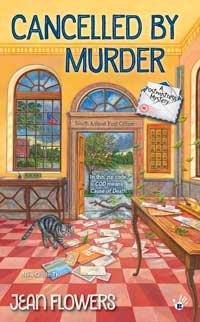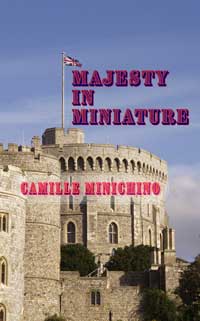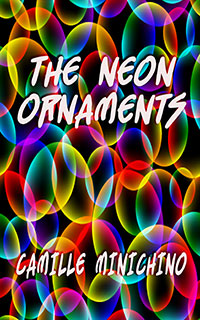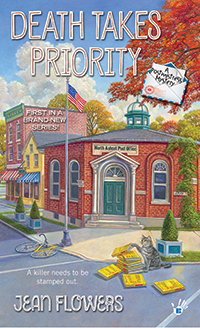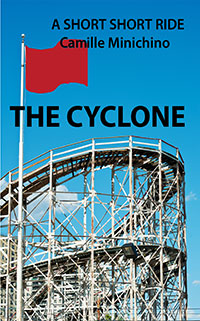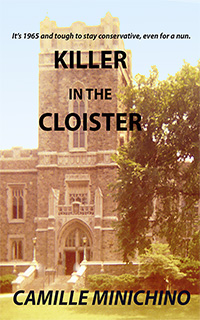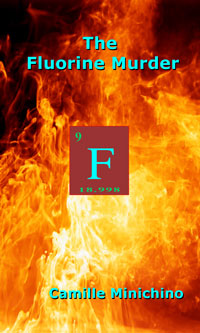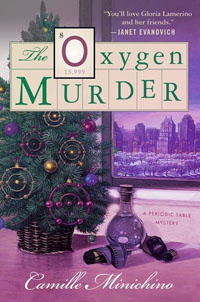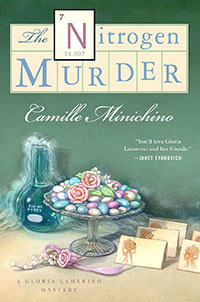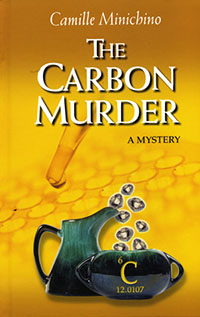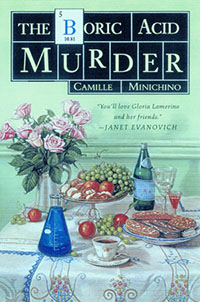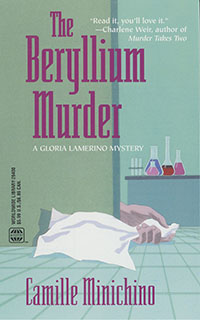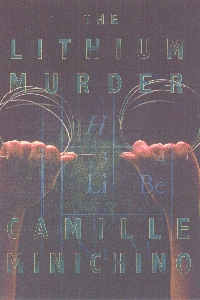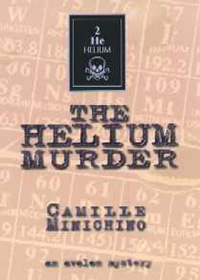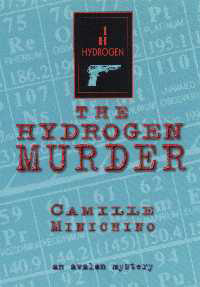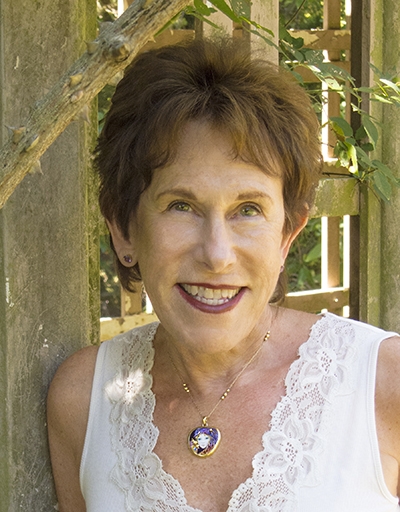
Debut novelist Leslie Rupley is back with more on the evolution of Beyond the Silk Mills
Recap, Part I: Last month I described how I became addicted to the research for my historical novel, Beyond the Silk Mills.
Part II: In Which Camille Minichino Ends my Research Addiction
Finally the little voice in the far back of my brain whispered, “All right already! Enough is enough!” Why hadn’t I put fingers to the keyboard?
 Perhaps I was unwittingly insecure about my ability. Okay, I was insecure. After all, my very first novel was different from ghost writing my clients’ memoirs, and I wanted to be prepared. My dear friends enabled my delay tactic beautifully. While browsing through a Berkeley used bookstore with our husbands, Barbara encouraged me to buy that book about the 1918 flu epidemic. My knitting books were beginning to feel the competition. The shelves bowed under the strain of my research. I retired some of the older knitting volumes. Salvation Army loved them.
Perhaps I was unwittingly insecure about my ability. Okay, I was insecure. After all, my very first novel was different from ghost writing my clients’ memoirs, and I wanted to be prepared. My dear friends enabled my delay tactic beautifully. While browsing through a Berkeley used bookstore with our husbands, Barbara encouraged me to buy that book about the 1918 flu epidemic. My knitting books were beginning to feel the competition. The shelves bowed under the strain of my research. I retired some of the older knitting volumes. Salvation Army loved them.
Would there be no end to my delving? Apparently not. It went on for almost two years with cross-country visits to New York and New Jersey, the setting of my would-be novel. I was an isolated dilettante. How could I have known that too much research is a common stumbling block for new writers? After I had filled two shelves on my bookcase and visited the east coast three times, something told me to Get On With It.
“Get On With It,” I told myself. After two years of productive procrastination, I knew I needed help to get off the research binge and start writing. Is there an AA group for over-researchers? Who would give me the needed kick in the pants?
I kicked myself into action and wrote a prolonged beginning scene wherein my protagonist sat at the kitchen table and reflected on her past life. It was a proudly academic piece, but lacking in everything but an interior monologue. My husband, kind and uncritical as he is, thought it was a bit much on the past life. He mentioned something about drawing on the five senses.
”Great,” my scared self said. Now you can read about how to write. Take a class. Go to a workshop. The second pitfall.

Fortunately, selective reading got fingers to keyboard faster than the background research had done. I chose 10 Steps to Creating Memorable Characters to learn about creating robust characters, and it got me into the real work of writing. While I made numerous character charts with headings Appearance, Mannerisms, Traits, Purpose, Endure, and Enjoy, I was also able to begin my first scene anew.
I continued to fill it with newspaper-like information about the backstory, but with more detail and descriptive phrases including the ‘five senses’. It was a dense, tell-it-all summary of everything I had read about the Jewish ghetto (Shtetl) outside of Lodz proper. I was proud. I filled pages with my knowledge. Mine was going to be some novel!
At some point I thought I was ready to bring my opus to a critical group, and I chose the Tin House summer workshop in Oregon. Oh dear. Was I damaged for life? Perhaps.
“Show, don’t tell,” they told me.
“Do you really think that your character would sit still at her breakfast table for that long inner dialog about her past?”
“Would she break it up with some action?” one person suggested.
“Try to get that backstory woven in,” another advised.
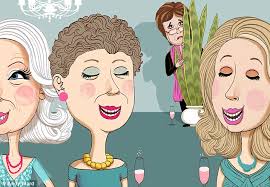 I took my dispirited self to the large sessions and panel discussions. Others seemed revitalized, excited, encouraged. They mingled. They laughed. They went to the evening soirees, while I huddled like a wallflower.
I took my dispirited self to the large sessions and panel discussions. Others seemed revitalized, excited, encouraged. They mingled. They laughed. They went to the evening soirees, while I huddled like a wallflower.
I knew that I would go home and forget this sorry effort, which is what I did, at least until I roused myself with the help of my friend Alaine who had gone to the workshop with me. Unlike me, self-flagellating, she was energized by the critique.
We read our work to each other on a regular basis, and she gave me all of the positive reinforcement I needed to move forward. Sorry to say, I didn’t really know enough to help her very much.
I decided to take a writing class (novel idea, huh?) and it was the beginning of a long-term process that kept my writing moving forward. For this I thank Camille Minichino, mentor and mystery writer extraordinaire. With her guidance, I revised and went forward with a bit more smarts and self-confidence to bring to the keyboard.
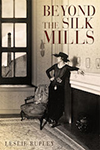 Next time I post, I’ll be able to offer a bit more about how I go about my writing these days after completing my first novel.
Next time I post, I’ll be able to offer a bit more about how I go about my writing these days after completing my first novel.

 Filed Under :
Filed Under :  Oct.30,2014
Oct.30,2014

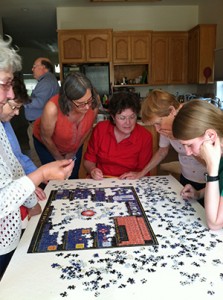





 Tags :
Tags : 